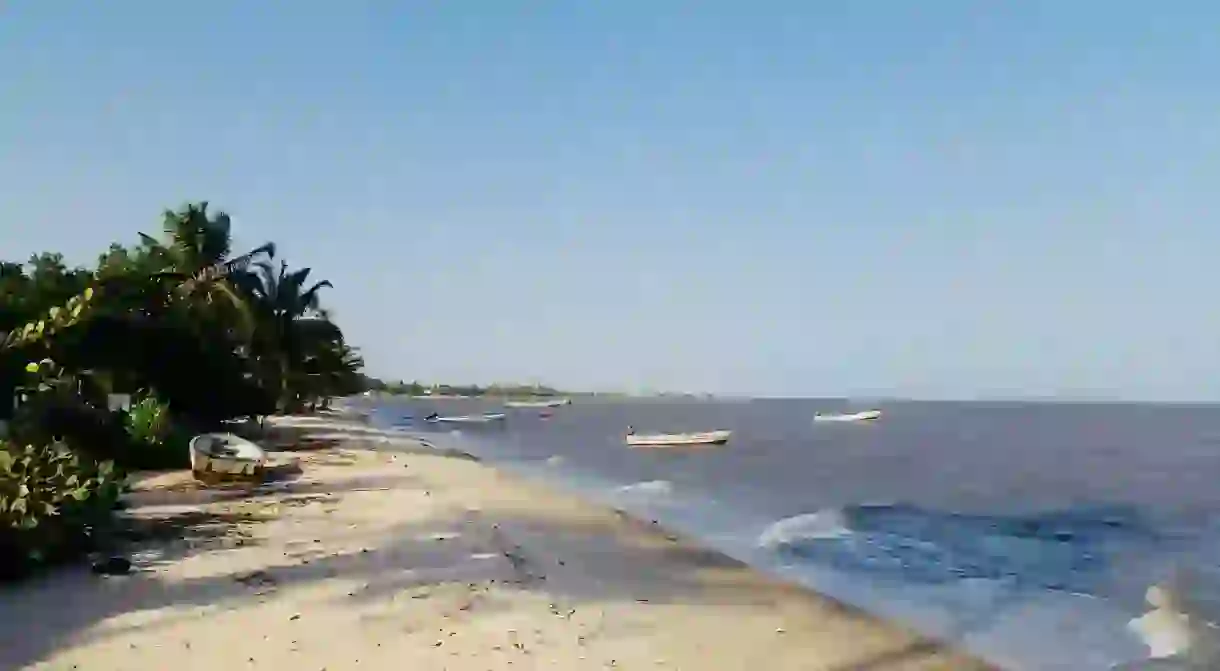Casamance: Understanding Senegal's Unique Southern Region

Verdant forests, bountiful rice paddies and white sandy beaches – the southern region of Casamance is a distinctive part of Senegal. Sandwiched between the Gambia and Guinea-Bissau, it’s important to look beyond just geography to understand why Casamance is so unique. Here’s everything you need to know.
Background
Casamance is Senegal’s Deep South: a culturally and topographically unique part of the country with a particular proud heritage. Cut off from northern Senegal by the Gambia, Casamance’s geographic position only partly explains its distinctive feel.

The verdant south versus the arid north
By and large, Senegal is a dry, arid nation of baobab-dotted desert scrub. Casamance is the exception. Like its northern neighbour, the Gambia, Casamance is a serpentine region that straddles a mighty eponymous river, stretching from the Atlantic Ocean in the west to the Niokola-Kola National Park in Senegal’s south-east.
Lying in the sub-tropics, Casamance experiences far higher levels of rainfall than the rest of Senegal. The result? Casamance is a lush paradise of greenery. Vibrant waterways guarded by bountiful mangroves (known as ‘les bolongs‘) sit alongside sprawling rice paddies and verdant forests, while towering palm trees line every road from the sleepy boulevards of Ziguinchor to the coastal tracks of Cap Skirring.

The land of the Diola
Senegal is dominated by Wolof: its people, language and customs are synonymous with Senegalese life. Casamance, however, is Diola (or Jola) country, whose languages, culture and history stray far from the Wolof path. None more so than Diola society itself.
Unlike the hierarchical caste system of the Wolof, the Diola are an egalitarian society. They have no history of nobility or slavery, with every village member undertaking employment they want or need. It’s village socialism where power and riches are not king.

Religion and culture
The Islamic Marabout revolution that took place in the Wolof-dominated tribes of the north never reached Casamance, where many still practise long-held animist beliefs. However, the arrival of the Portuguese in the 16th century fanned the flames of the Catholic fire, which many native Senegalese embraced. As such, in a country that is 95% Muslim, Basse Casamance (Lower Casamance) is the only region of Senegal where there is a Catholic majority.
As is so often the case, Casamance’s unique blend of religion, history, geography and society has bred a distinctive culture and identity. From gourd-based instruments to harvest festivals, palm-wine distilleries to distinct wrestling rules, the Casamançaise beat to a different drum than the rest of the nation – an independent spirit that has recently led to trouble.

Animosity and armed conflict
Although incorporated into French West Africa in 1888, much of Casamance’s recent woes have emerged since Senegalese independence in 1960, with locals feeling exploited by successive Wolof-dominated governments in Dakar. Simmering resentment towards Dakar’s influence boiled into an armed conflict in 1982, with separatists seeking independence for Casamance. Led by the Mouvement des Forces Démocratiques de la Casamance (MFDC), a long-drawn out guerrilla war waged for over 30 years until a ceasefire in 2014. Explaining the core reason for the conflict, one of the MFDC’s leaders, Youssouf Coly, simply stated that “this conflict is cultural”.

Casamance today
Connected by a 45-minute flight to Dakar or an overnight ferry, Casamance’s treasure trove of wonders are easily accessible and safe for exploration. From the colonial riverside town of Ziguinchor to the rustic calm of Ile Carabane, biking through the forests of Oussouye to barracuda fishing in the Bolongs, Casamance is tranquil one minute, active the next. In particular, Cap Skirring is renowned for being one of the most beautiful stretches of beach in West Africa. Seemingly endless, you’re more likely to share it with cows than other people.














